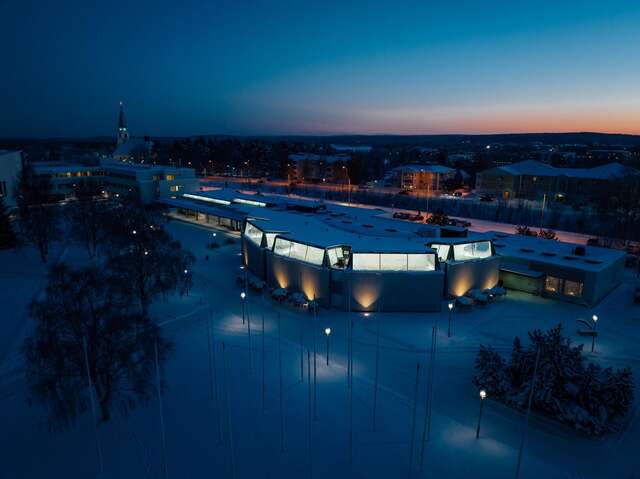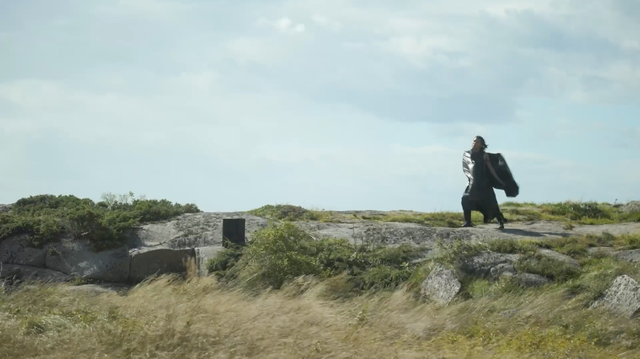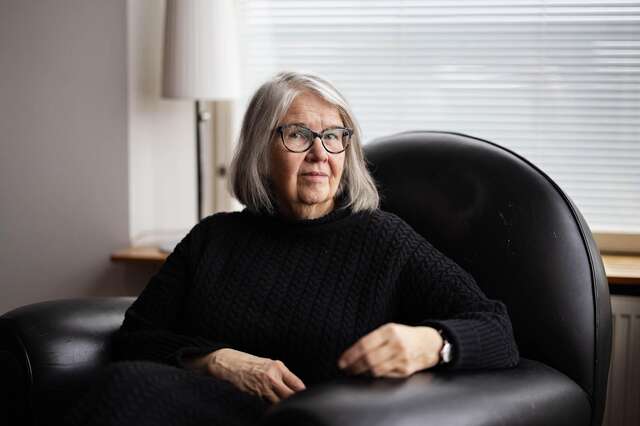From sketch to landmark – the Pavilion of Finland continues to delight visitors at the Venice Biennale
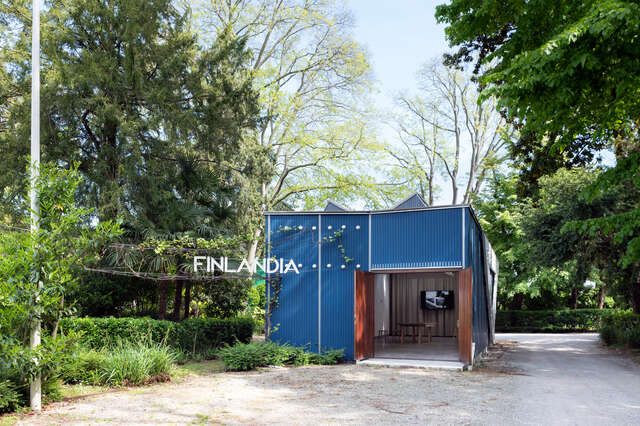
Ugo Carmeni
Originally designed only for the 1956 Biennale, the blue and white pavilion has been an integral part of the Venice Giardini for almost 70 years.
Alvar and Elissa Aalto designed the Pavilion of Finland in 1955 at the request of Maire Gullischen. According to a text written by Elissa Aalto in 1987, the timber-framed, temporary pavilion, which was to be built in just a few weeks, was not a particularly rewarding task, but the representation of Finland at an international exhibition and its location in a city dear to Alvar Aalto made the couple take up the challenge.
The lightweight pavilion was designed to be dismantled, moved and reassembled as an exhibition space across the Mediterranean area. The prefabricated parts were manufactured in Finland and then transported to Italy for their first location. Legend has it that, faced with a tight schedule, Maire Gullichsen herself would have set off to transport the elements across Europe.
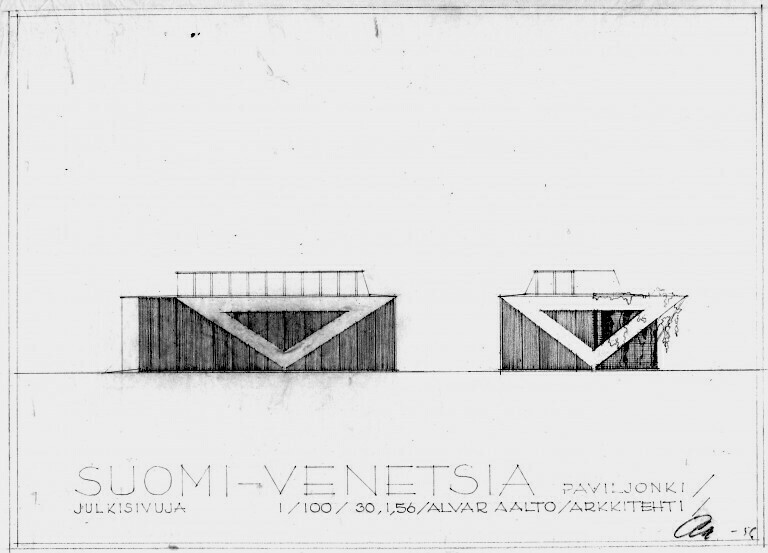
Due to mishaps in production, the pavilion had to be modified, making it impossible to dismantle. The pavilion therefore became a permanent structure, which is now a listed building and one of the architectural attractions of the Giardini Pavilion Park.
In the small trapeze-shaped pavilion, daylight comes indirectly through the skylights, leaving unobstructed space on the walls for the exhibits. This was the Aaltos first experiment with similar skylights, which they later used in several of their projects. On the outside, large white-painted triangles support the dark blue wooden wall elements, creating a contrasting colour scheme.
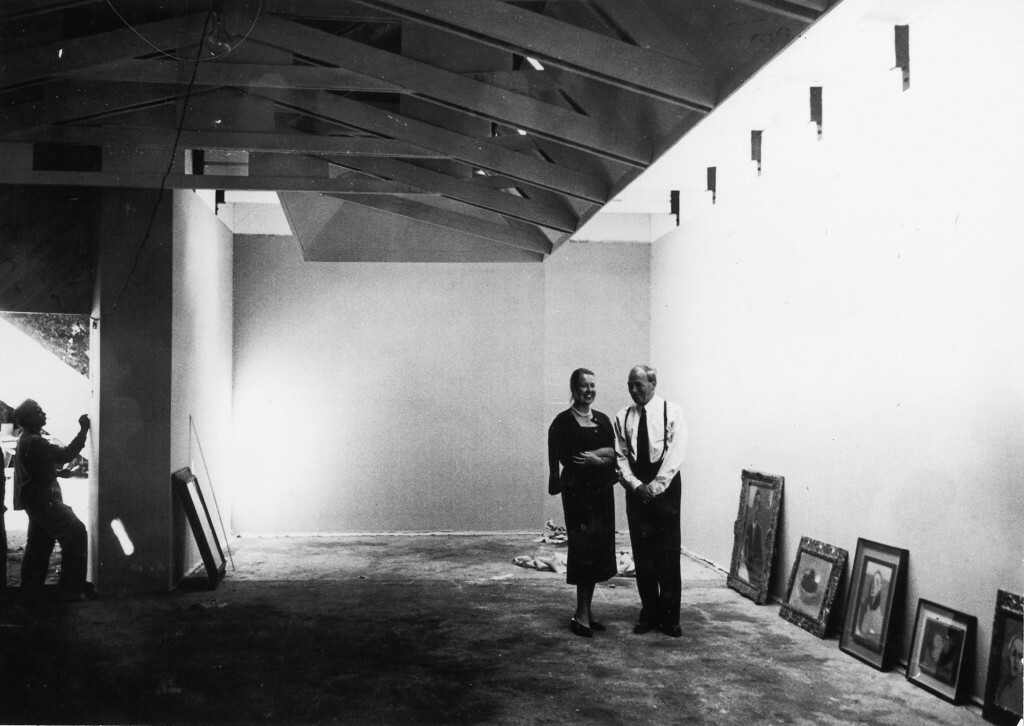
"I remember those days with great happiness: after a morning swim at Lido, we came to the Biennale Park to see what problems the day had brought to the construction of our little pavilion", Elissa Aalto recalled the assembly of the pavilion.
Today, the pavilion serves in alternate years as Finland's stand at the Biennale Arte and Biennale Architettura. Over the years, the pavilion has hosted exhibitions from Italy, Argentina, Portugal and Iceland in addition to Finland, as the space was rented out from the early 1960s until 2007. With the help of the Finnish Ministry of Education and Culture, the pavilion has since been restored as a home for Finnish exhibitions.
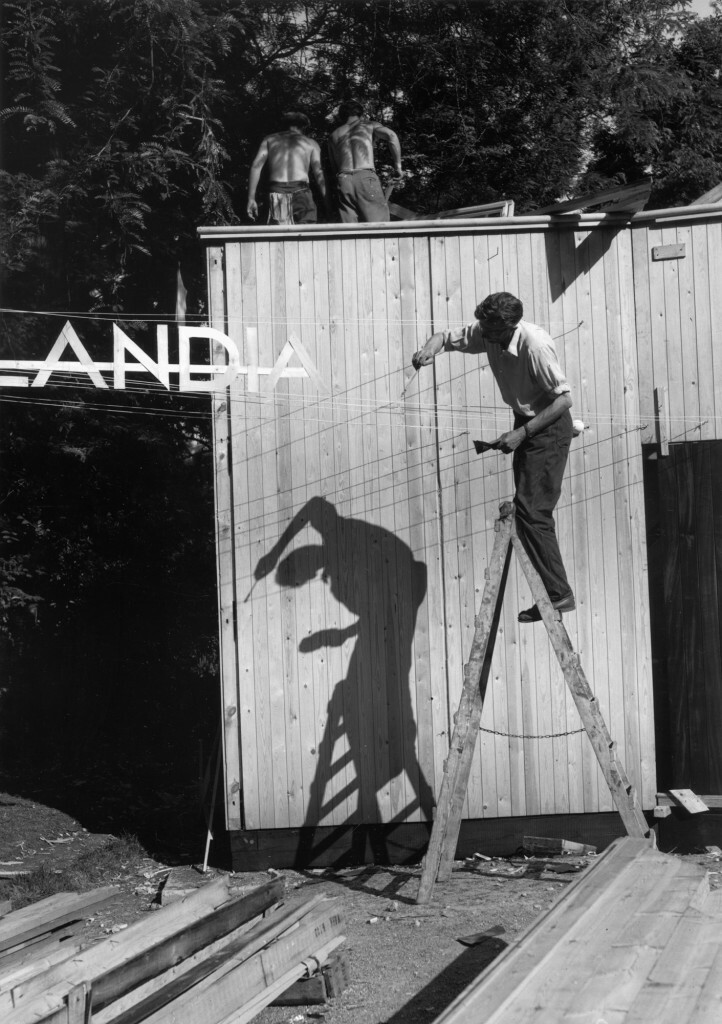
During its history, the pavilion has been repaired and restored on several occasions. The first major renovation was carried out in the 1970s as a tribute to Alvar Aalto, who passed away in 1976. A second renovation was carried out in the 1990s and the most recent in 2011, after a storm felled a large tree on top of the pavilion. At that time, the famous Finlandia lettering, dangling from cables, also made a comeback on the pavilion's entrance wall.
The latest addition to the pavilion's interior is a staff room, the so-called commissioner's booth, built last year according to the Aaltos' original plans.
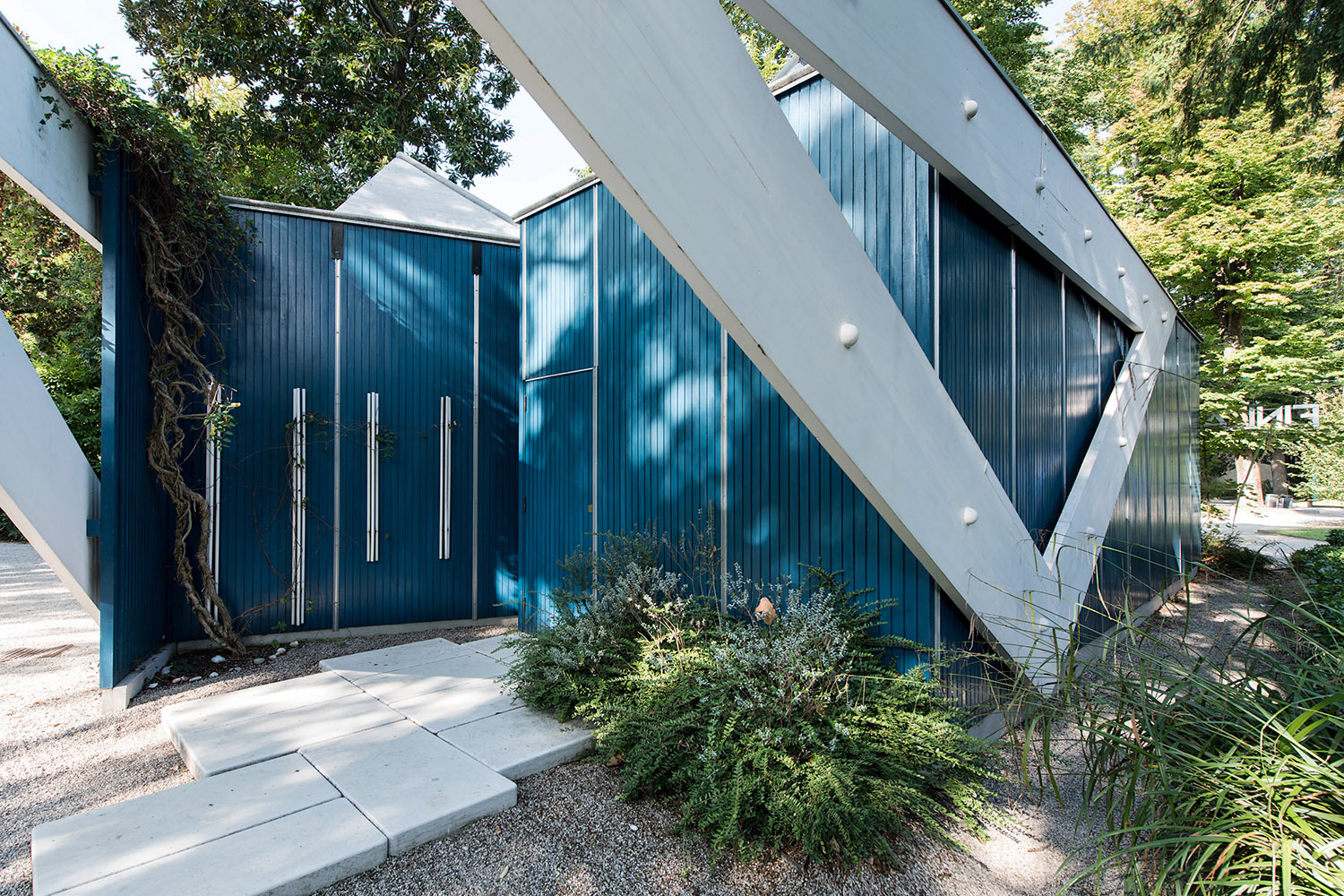
The doors of the Finnish Pavilion will next open to the public in May 2023, when the 18th Venice Architecture Biennale begins. This year, the exhibition in the pavilion invites visitors to explore the future, looking back at our current sanitation system and considering water-saving and nutrient-recycling solutions inspired by Finnish cultural heritage. Read more about Huussi - Imagining the future history of sanitation here.
